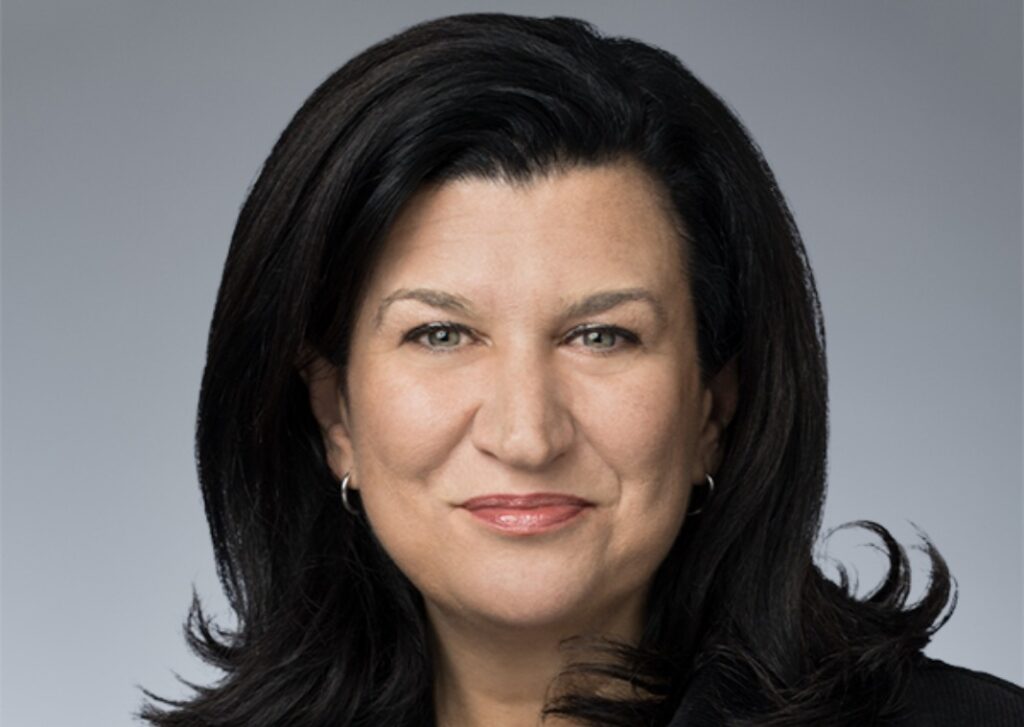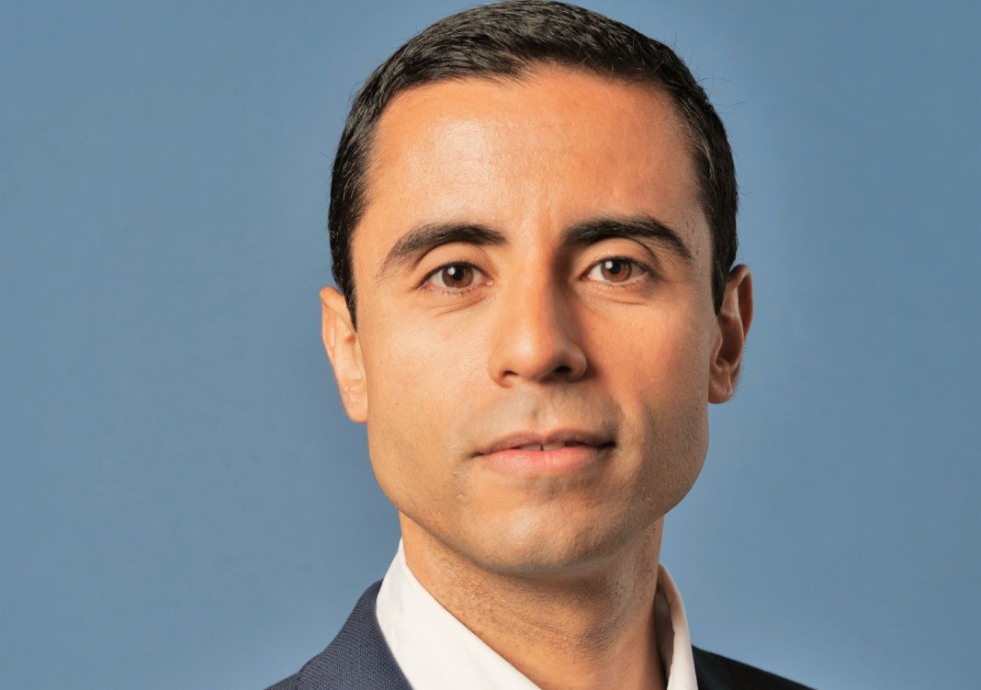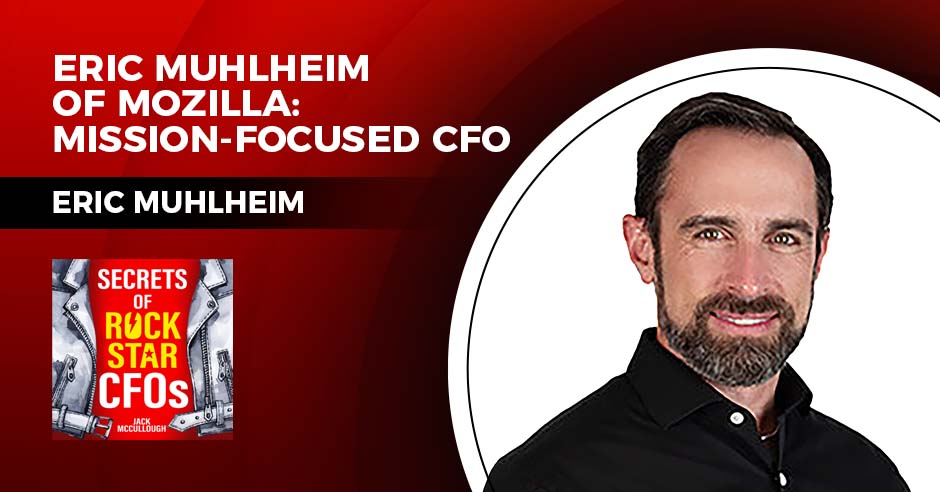By serving as a credit union regulator and then a credit union CFO, Ben Hart has developed a wider perspective than most on the keys to a financial institution’s safety and soundness. But for a credit union, prioritizing stability is as much about delivering value to credit union members as it is keeping regulators happy. In an interview with our Katie Kuehner-Hebert, Hart, now CFO of Texans Credit Union in Richardson, Texas, explains how that member-driven mission and his career path have shaped his approach to risk management, financial strategy and technology adoption.
Can you describe your experience managing financial risks and ensuring a financial institution’s stability?
In my two decades in the credit union sector, I have had the privilege of navigating financial risks and preserving the stability of various institutions. Beginning as a financial examiner with both the Texas Credit Union Department and the National Credit Union Administration, I gained invaluable insights into how different organizations perceive and manage risk.
Particularly as a problem case officer tasked with examining credit unions presenting heightened risk to the National Credit Union Share Insurance Fund, I honed my understanding of risk dynamics. I came to appreciate that financial distress is seldom a result of malicious intent; it often stems from a misjudgment of risk compounded by inadequate controls and systems.
Transitioning to CFO of a credit union catering to public educators, I experienced a significant shift in perspective. Assessing risk from an internal stakeholder standpoint underscored the critical importance of building a cohesive team deeply committed to effective risk management. When balanced and informed by diverse perspectives, risk aversion and risk-taking are fundamental to a financial institution’s long-term success.
Working alongside a team of professionals who understand Texans Credit Union’s business and its associated risks, I have witnessed the power of fostering a culture in which diverse opinions are integral to risk mitigation strategies. At Texans, member service remains our North Star, guiding risk management decisions and ensuring alignment with the core mission.
Systems and data are essential to understanding risk, but an organization’s people drive effective risk management. Building a team of talented individuals who possess the confidence to challenge assumptions and align strategies with the institution’s risk profile is paramount to safeguarding its long-term viability.
How do you prioritize financial strategies to support Texans’ long-term growth?
My approach to prioritizing financial strategies is rooted in our commitment to member service. Aligning our strategies with members’ needs and expectations is critical for long-term growth and sustainability.
We remain laser-focused on delivering value to our current members while anticipating the evolving needs of future generations. Without a secure and engaged membership base, our financial strategies would lack relevance.
One of the focuses of the current strategy is the allocation of operating expenses. We aim to strike a delicate balance, ensuring operational expenditures directly enhance member experience and satisfaction. Concurrently, we allocate sufficient capex to technological advances and infrastructure. Every dollar spent is dedicated to enhancing the member experience, reinforcing our position as a trusted financial partner in the community.
What’s an example of a challenging financial decision you had to make and how you approached it?
One of the most impactful financial decisions I’ve made in the last several years involved a strategic shift in lending activities. Between 2020 and mid-2022, our strategy centered on leveraging member deposits to propel loan growth. However, the subsequent rising rate environment heightened our cost of funds, posing a threat to margins.
In response, we implemented an approach to fortify financial performance. The strategy maintained our commitment to disciplined asset pricing and upheld standards for return on assets, return on equity and capital growth. It represented a significant departure from the historic loan growth of previous years.
Our decision-making process involved meticulous analysis, including precise return on investment calculations and thorough market assessments, empowering us to make informed choices. Despite the challenges, the decision exemplified our dedication to responsible financial management and our institution’s long-term stability and success. By prioritizing prudence and strategic foresight, we navigated a dynamic financial landscape while safeguarding the interests of members and stakeholders.
What role do you see new technologies playing in financial services and, ultimately, in Texans Credit Union’s success?
I believe technology should be considered a tool to strengthen the relationship between credit unions and members rather than necessitating a complete overhaul of traditional practices.
At Texans, we recognize that personalized experiences, expedited transactions and self-service options are fundamental to modern banking. We are leveraging technology to elevate members’ experience and create deeper connections.
Our team is committed to harnessing the power of technology and digital transformation to also drive growth and efficiency. By embracing technology developments strategically and thoughtfully, we position ourselves as industry leaders while remaining true to our mission.








